
Thursday, November 17, 2016
The Ethiopian revolution crushed an imperial legacy and ushered in a communist era. But communist ideology was a strange fit for a country deeply steeped in religion and a land that has always resisted foreign influence.
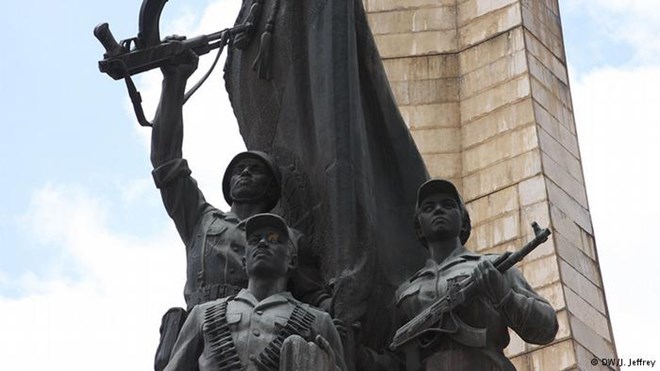
Arms supplier needed
"America was not helpful when Somalia was waging war against Ethiopia, so the Derg simply went into the hands of the Soviet Union," says Abebe Hailu who was a law student during the student movement that precipitated the emperor’s downfall. During the 1960s many Ethiopian students studied in the West where they were exposed to Marxist-inspired movements before returning to Ethiopia.
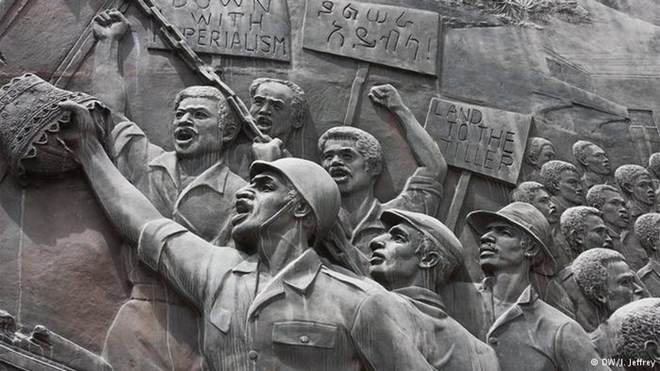
Marxist revolt in Africa
Soviet leaders believed that Ethiopia could be their African socialist stronghold as they vied with the United States for influence and control on the continent. The Horn of Africa, in which Ethiopia lies, was of special interest to the Soviet Union due to its proximity to the crucial shipping channel, especially for oil tankers connecting the Red Sea and the Indian Ocean.
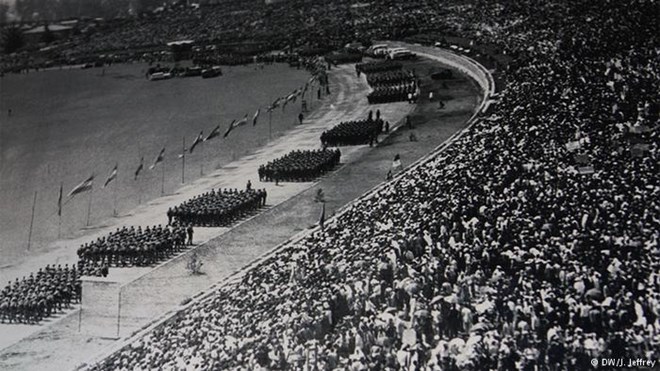
Revolutionary zeal
Ethiopia also faced rebels seeking Eritrean independence in the north. Desperate for weapons, Mengistu Haile Mariam, the Derg’s leader, embraced Marxist-Leninist ideology to keep Moscow happy. Ethiopia’s growing military muscle marched through Addis Ababa’s Revolution Square. But Ethiopians tired of communist rhetoric, disagreed over how the revolution should proceed. Bloodshed followed.
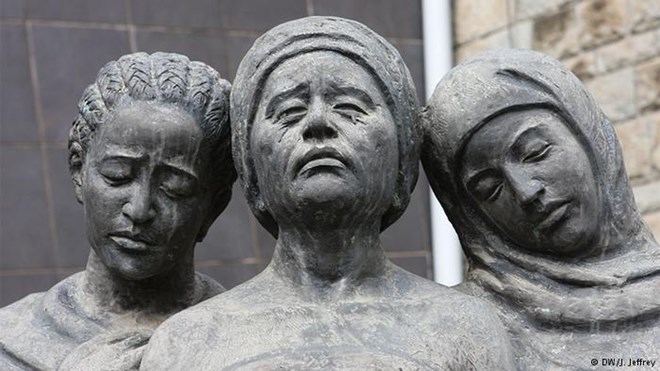
Red Terror
A statue of three grieving women stands outside the "Red Terror" Martyrs Memorial Museum beside today’s Meskal Square, formerly Revolution Square. In 1976, during a speech in the square Mengistu theatrically dashed a bottle filled with blood on the ground, launching a campaign that killed tens of thousands accused of being anti-revolutionaries.
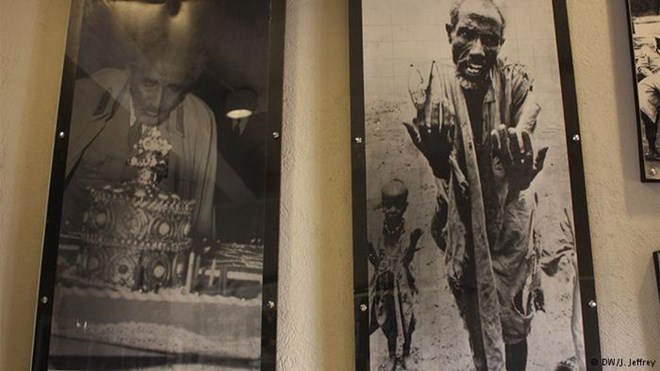
Repeated mistakes
The museum recounts a propaganda campaign by the Derg to discredit the emperor for his lavish 80th birthday party while many Ethiopians starved during famine in 1973. But the Derg made a similar mistake in 1984, marking the 10th anniversary of the revolution with a wildly expensive celebration as the country experienced another massive famine, fuelling anti-Derg sentiment and opposition.
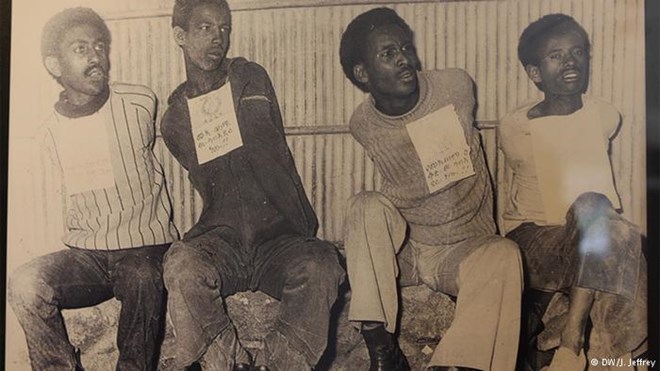
Years of pain
"Within a year of graduating from law school six of my classmates had been executed," Abebe says. Between late 1976 to the end of 1978, Ethiopia experienced two particularly atrocious years as armed struggle raged between the Derg and opposing forces. The Derg targeted young professionals and university students in particular. Arbitrary arrests, torture and summary executions became the norm.
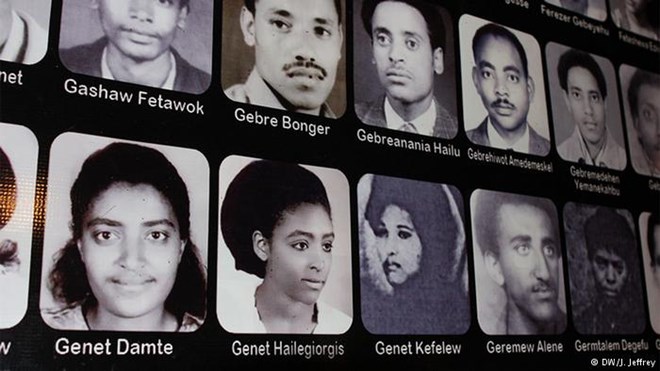
Victims of the Derg's reign
A number of the museum’s walls are plastered with pictures of some killed during the Derg’s rein. "It’s part of this Marxist-Leninist ideology when you feel you are progressive and others are conservative, so you just shoot," Abebe says. "The military dictatorship simply used that ideology to promote their own policies, to remain in power in the name of the ideology."
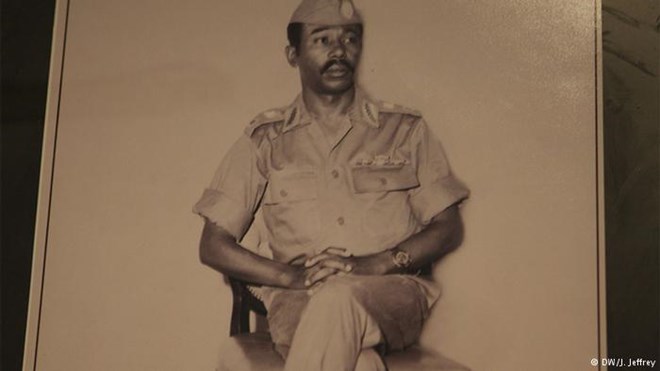
Reclusive mastermind
Mengistu was only a middle ranking officer when the Derg came to power. But he manoeuvred Machiavelli-like behind the scenes and through a series of purges of other army officers emerged as the undisputed master of the bloody junta. In May 1991 before the rebel tanks reached Addis Ababa, Mengistu escaped to Zimbabwe. He still lives there today.
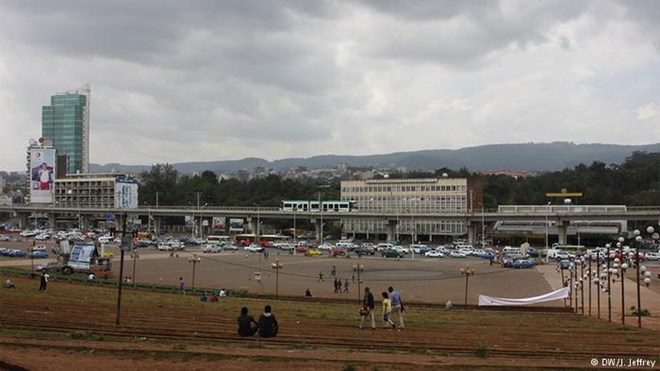
Fading memories?
Former Revolution Square now bustles with commerce as Ethiopia follows a more capitalist trajectory. The podium where Mengistu gave speeches is wedged next to the city’s new Light Rail network. Little remains of Ethiopia’s communist past apart from painful memories. "In my life I have seen that worse things can happen than what you think," says a man once caught up in Ethiopia’s 1974 revolution.